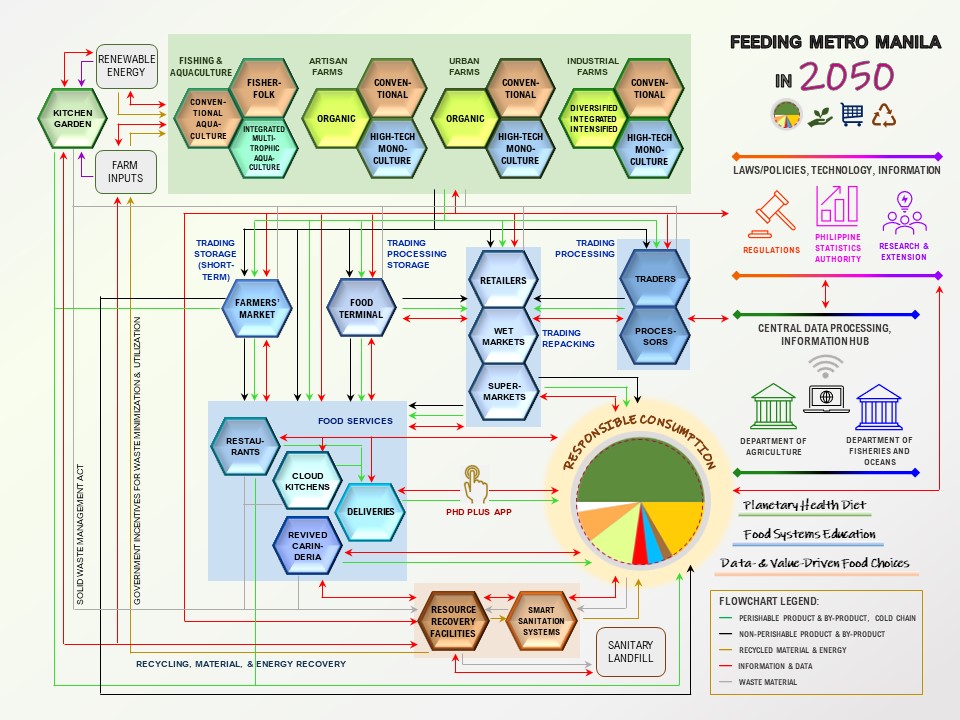Eufemio T Rasco Jr., May 26, 2020
From her origins in East Africa, the fate of Homo sapiens has been determined basically by the food she eats and how she procures and prepares it. When her hominid ancestors learned to cook and eat energy-dense meat, she was able to spread to all corners of the planet. When she learned to farm 10,000 years ago, she had to abandon her nomadic ways to live in crowded communities in close quarters with her favorite livestock, poultry, and crops. Growing food built civilization, as we know it today, with all the worldly comforts. But it is also a direct or indirect cause of persistent problems such as inequality, famine, war, and plagues.
Food’s dominating influence on everyday life is most emphatically demonstrated by the COVID-19 pandemic. This virus is just the latest of the infectious diseases that have plagued humankind and threatened its existence. Most of these diseases could be traced to farming and eating animals.
Luckily, there is no known incidence yet of domesticated plants causing infectious diseases in humans. This should not mean that plants are inherently safer than animals. They may not cause infectious diseases but some of them are strongly linked to a more common type of disease today: chronic diseases; among these are heart failure, stroke, diabetes, and cancer. Together, chronic diseases cause more morbidity and mortality than all the other known causes. This is true in Metro Manila and elsewhere.
It is envisioned that Metro Manila will have a thriving food innovation ecosystem that provides adequate income to new breed of farmers and food workforce, nurtures consumer and environmental health, and adapts to changing climate. In other words, this is to reimagine our agri-food systems as future-proof to feed the people of Metro Manila while ensuring our planetary health that underpins our survival as a civilization.
Technological advances that will enable us to transition towards a circular economy in a resilient and sustainable city will thus play an important role toward a future-proof food system. These technology enablers will be used to close the current gaps of the food system along the value chain from the conception and design of the food product to its consumption and management of waste. At the same time, some technological advances will even disrupt the “business-as-usual” approach of the food industry, and create new pathways and circular business models along the agri-food web of production, distribution, manufacturing, marketing and consumption. For example, the Fourth Industrial Revolution (FIRe) technology breakthroughs which are referred to an array of biological, physical, and digital technologies, and combinations of them will catalyze such exciting transformation across value chains of the said food system, i.e., from a dysfunctional one to a regenerative and nourishing food system.
Biological technologies such as aeroponics, bio-based materials, gene editing, cellular and tissue engineering are technologies based on the use of biological materials ranging from molecules to bio-systems and living organisms. Physical technologies such as material science and nanotechnology, 3D printing, energy storage and harvesting, spectroscopy and robotics are technologies based on basic properties of materials, energy and forces of natures and their interactions. Digital technologies such as big data analytics, artificial intelligence, machine learning, blockchain, cloud computing, internet of things and machine-to-machine communications are technologies based on computer, electronics and communication sciences, which make use of the increasing volume of information and connectedness of physical resources.

